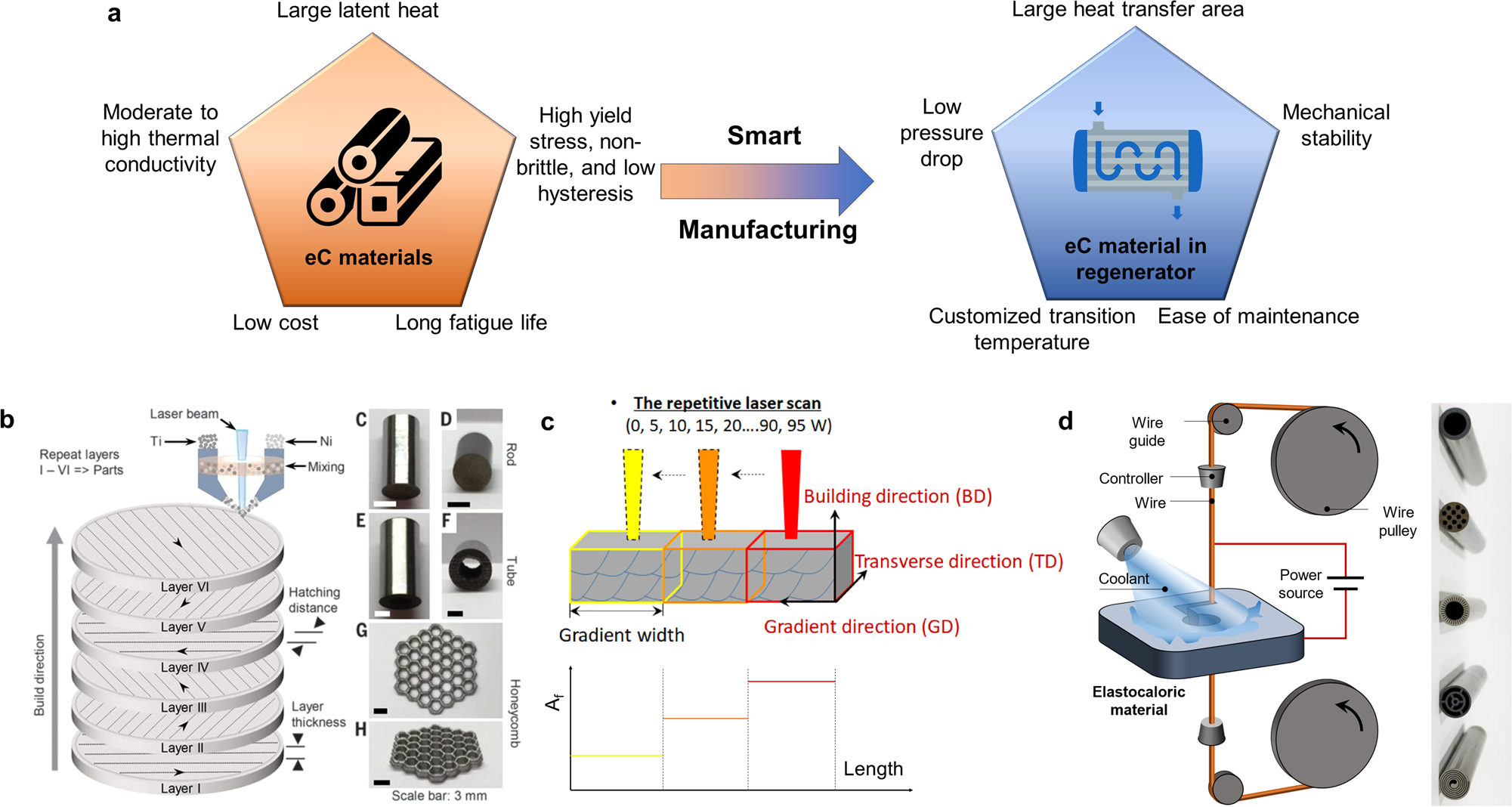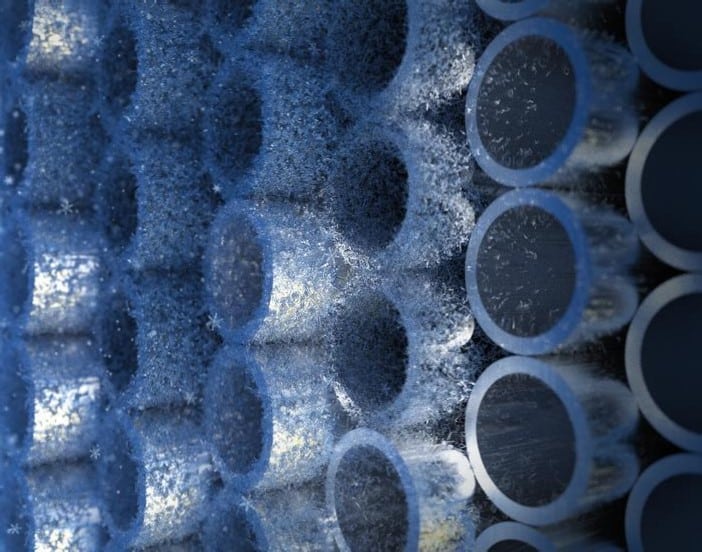In recent years, the global demand for cooling — from air conditioning to refrigeration — has surged dramatically due to rising temperatures and increased urbanization. However, conventional cooling technologies largely depend on refrigerants such as hydrofluorocarbons (HFCs), which are potent greenhouse gases with global warming potentials thousands of times greater than carbon dioxide. These refrigerants contribute significantly to climate change, creating an urgent need for innovative cooling systems that avoid polluting substances and reduce environmental impact.
The Environmental Challenge of Traditional Refrigerants
Traditional vapor-compression cooling systems have been in use for over a century. While effective, they rely on refrigerants that often leak during operation or disposal, releasing greenhouse gases that exacerbate global warming. Even though the most damaging refrigerants like chlorofluorocarbons (CFCs) have been phased out, their replacements, HFCs, still pose a severe environmental threat. For example, a single kilogram of leaked HFCs can have the same climate impact as driving a car for tens of thousands of kilometers. This has led to international efforts to phase out HFCs and seek sustainable alternatives.
Natural Refrigerants and Energy Efficiency
One approach gaining traction is the use of natural refrigerants such as ammonia and isobutane, which have much lower global warming potentials and are carbon neutral. Technologies using these substances, combined with highly energy-efficient appliances and building designs, form the basis of the Green Cooling Initiative. This approach reduces both direct emissions (from refrigerant leaks) and indirect emissions (from electricity consumption), making cooling more environmentally friendly overall.
However, natural refrigerants come with challenges such as toxicity, flammability, and efficiency issues in hot climates, prompting researchers to explore entirely new cooling paradigms.

Breakthroughs in Refrigerant-Free Cooling Technologies
A revolutionary development in cooling technology is the emergence of solid-state cooling systems that eliminate the need for any refrigerants. One of the most promising methods is elastocaloric cooling, which exploits the properties of certain metal alloys, such as nickel-titanium (nitinol), to produce cooling effects through mechanical stress rather than gas compression.
When these shape memory alloys are compressed, they heat up; when the pressure is released, they cool down. This cycle can be harnessed to create efficient cooling without harmful emissions or toxic leaks.
Innovations from Slovenia and Beyond
Engineers at the University of Ljubljana in Slovenia have pioneered an elastocaloric cooling system that completely abandons traditional refrigerant gases. This system uses nitinol wires that remain solid throughout the process, eliminating the environmental risks associated with fluid refrigerants. The technology offers up to 70% efficiency and could transform cooling by drastically reducing greenhouse gas emissions linked to air conditioning and refrigeration.
Advances in Efficiency and Application
Further advancements have been made by researchers at the Hong Kong University of Science and Technology, who developed a multi-material cascading elastocaloric cooling device. By using different nickel-titanium alloys tailored to operate at various temperatures, they achieved a record-breaking temperature lift of 75 Kelvin, significantly improving the practical efficiency of elastocaloric cooling systems. This breakthrough enhances the potential for commercial adoption across industries.
Thermally Powered Refrigerant-Free Systems
Another innovative approach involves thermally driven chillers based on reversed Stirling cycles that require no refrigerants, compressors, or electricity. Developed for ultra-efficient buildings, these chillers use heat from various sources (solar thermal, industrial waste heat, biomass) to produce chilled water for cooling. This technology offers quiet operation, low maintenance, and independence from electrical grids, making it ideal for climate-resilient and off-grid applications.
The Path Forward
These emerging cooling technologies represent a paradigm shift from century-old vapor-compression systems toward sustainable, environmentally benign solutions. By eliminating or drastically reducing the use of harmful refrigerants, enhancing energy efficiency, and utilizing innovative materials and thermodynamic cycles, they promise to mitigate the environmental impact of cooling — a sector responsible for a significant share of global greenhouse gas emissions.
As global temperatures continue to rise, the adoption and further development of these new cooling systems will be critical in combating climate change while meeting the growing demand for comfortable and safe indoor environments. With ongoing research and commercial efforts, these technologies could become mainstream within the next decade, ushering in a new era of green cooling innovation.

